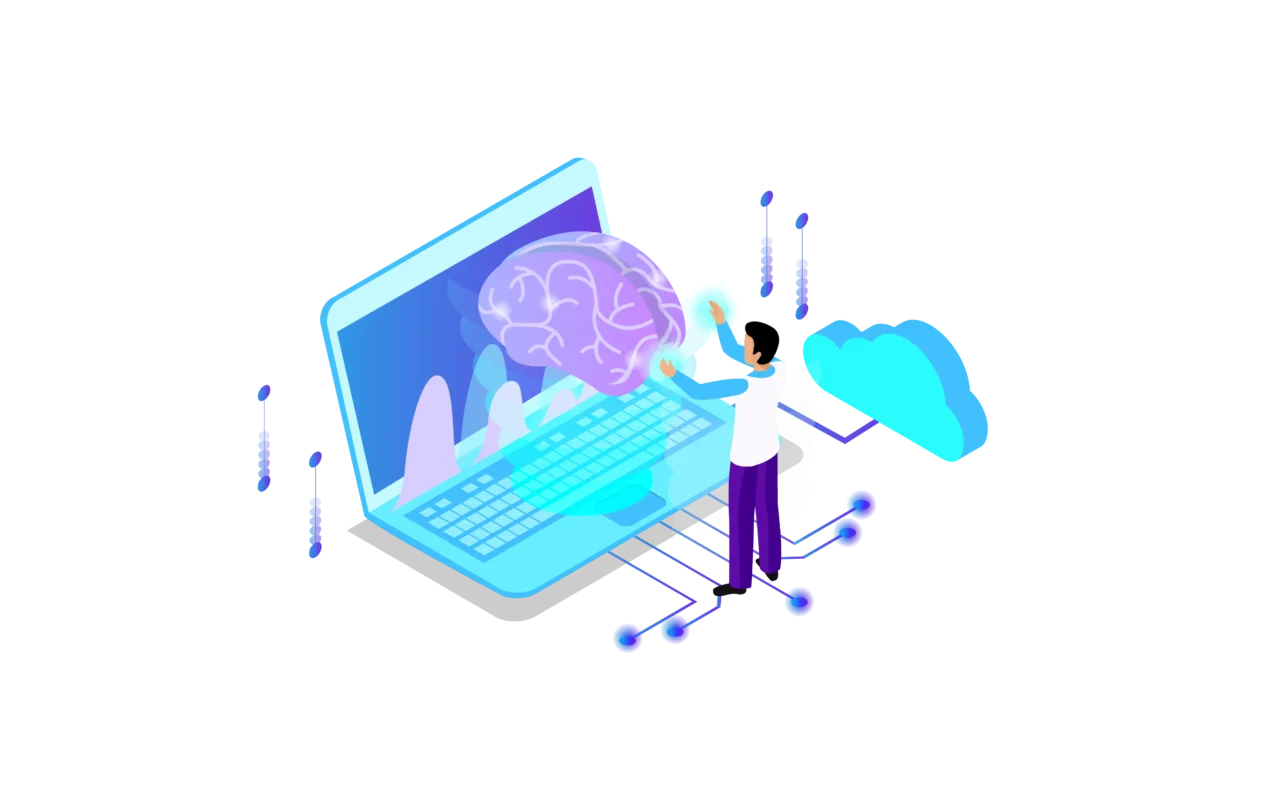
Poorva Kulkarni
Sr. Project Manager
Introduction:
Testing is still crucial in the quick-paced world of software development. With the development of AI, curiosity about its applications in this area is growing. Can AI-driven testing really compete with the judgment of a skilled software tester, remains an open subject. Let’s explore further.
Considering the Potential and Drawbacks of AI-Driven Testing:
With technologies like ChatGPT and other Large Language Models (LLMs), AI has undoubtedly revolutionized testing. These tools produce test cases quickly, automate scripts, and evaluate outcomes. AI, however, occasionally lacks the context and complexity that human testers offer in practical applications. Here are a few of its advantages and disadvantages in more detail:
Efficiency and Speed: AI is excellent at automating routine operations, freeing up human testers to concentrate on difficult issues that call for human intuition and expertise.
Coverage Enhancement: AI selects test cases intelligently, ensuring more coverage and spotting any flaws that humans would overlook.
Reduced Human Bias: Automation and AI help to ensure impartial test findings by reducing the influence of human bias.
Handling Complex Scenarios: Human testers excel at handling complex real-world scenarios by utilizing their domain expertise and intuition.
The Value of Human Expertise in Quality Assurance:
Despite technical developments, human skill is still crucial for software testing for the following reasons:
Domain expertise: Human testers contribute industry-specific insights that are essential for comprehending consumer expectations in the actual world.
User-Centric Perspective: By simulating user experiences, human testers can spot usability problems that AI would overlook.
Adaptability: Human testers has the flexibility to quickly modify strategies in response to changes in a project. AI does not.
Finding the Perfect Blend: Combining AI and Human Expertise:
The real power comes from merging the abilities of AI with the knowledge of human testers:
Test Case Generation: For a complete suite, human testers add context, domain expertise, and user expectations in addition to the test cases that AI generates based on data.
Complexity of the scenario: Human testers handle complex scenarios by utilizing their creativity and domain knowledge, but AI is excellent at effectively managing repetitive jobs.
Continuous Learning: AI systems adjust their priorities over time by continuously learning from the choices made by human testers.
Risk assessment: Effective risk management is enhanced by the combination of AI analytics and human intuition.
Addressing Scepticism and Embracing the Collaborative Future:
Data Security: Modern AI testing solutions prioritize data security, employing encryption and stringent protocols.
Customization: AI testing solutions can be tailored to fit unique methodologies and standards, integrating seamlessly with existing frameworks.
Integration: Solutions like ours complement existing setups, ensuring a smooth integration process.
Embracing a Collaborative Future:
In the long run, this collaboration enables QA teams to concentrate on high-level activities and strategic planning while AI takes care of repetitive ones. This coordinated strategy guarantees effectiveness, depth, and long-term benefits:
AI becomes an assistant, fostering collaboration between humans and technology.
Human testers evolve their skills, focusing on high-level tasks while AI handles mundane aspects
Human oversight ensures AI-generated tests align with ethical standard

